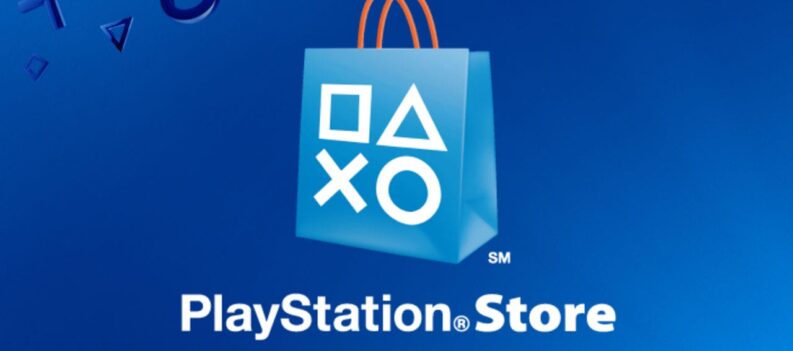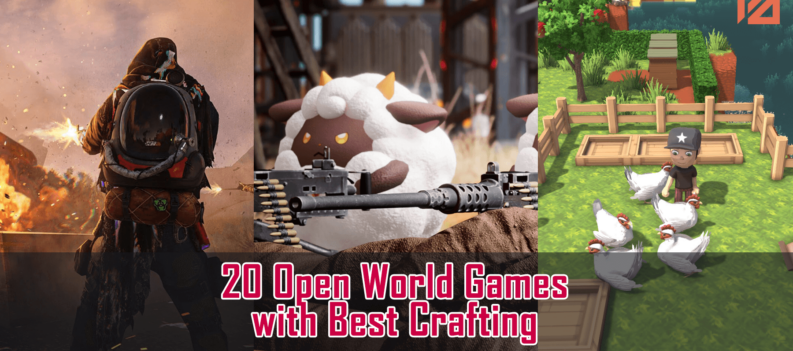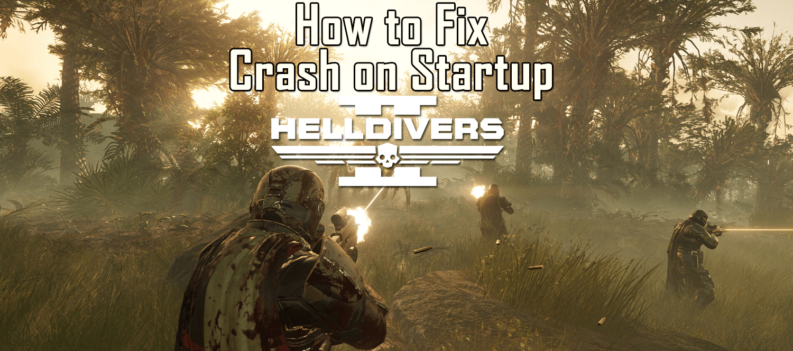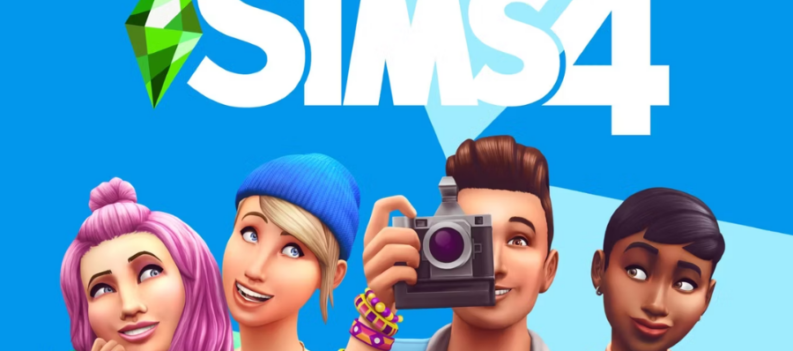As part of our coverage of Wasteland 3 (read Jeremy’s gameplay impressions here), we were given the chance to ask inXile entertainment a series of questions about the company’s upcoming release in May. Wasteland 3 is making some huge leaps forward and innovating while keeping the spirit of past games. We wanted to dig into those changes and share a little more information on what you can expect. Studio Head Brian Fargo responded to all our emailed questions, and you can see all those responses, including a little advice at the end on how to be successful in the industry.
Pure PlayStation: How will the location change to Colorado impact the gameplay?
Brian Fargo: Most post-apocalyptic games are set in the familiar desert settings, and so bringing it to Colorado really let us explore how a permanent nuclear winter would impact people trying to survive. What kinds of problems might they be facing that they wouldn’t in the American southwest? It’s also a case of strangers in a strange land, the local citizens have not heard of the Rangers, and the Rangers are unfamiliar with the local cults and gangs.
Pure PlayStation: What is the biggest thing you think fans of Wasteland 2 will notice?
Brian Fargo: It’s tough to focus on one thing because Wasteland 3 is really improving on the series in every way imaginable—big leap in visuals, improved UI, all the dialogue is fully voiced, etc.—but I’m particularly proud of the story and the deep reactivity from your choices and consequences. You can make decisions from the very start that can have broad-reaching impact on interactions and quests at the end of the game.
Pure PlayStation: Could you tell us a little about the different factions, including the Patriarch, in Wasteland 3? Will you be able to join one of the factions in the game?
Brian Fargo: You come across a number of gangs, cults, and factions throughout the game, and your choices will change how they perceive you and react to you. We use it as a way to deepen the reactivity and help you follow your progress as you make decisions both big and small, and it underlined the sense of reality that the world is paying keen attention to the action’s of the player, either by the cults or of local citizens.
Pure PlayStation: Could you describe Wasteland 3’s new fluid action system? How will this change combat from previous Wasteland games?
Brian Fargo: Aside from the deep reactivity of the story, the combat is the other big focus for the title and the series. We’ve done a lot to increase the depth of gameplay in combat—things like deployables, expanded abilities you can specialize into and combo off of, and increased weapon varieties—while also speeding up the pace of combat. You can strategize your moves more easily, and enemies take concurrent actions during their turn to get back to your turn much quicker.
Pure PlayStation: How can players use the new Kodiak vehicle in Wasteland 3? Could you tell us how the vehicle upgrade system will work?
Brian Fargo: The Kodiak is like the 7th member of your Ranger squad. It’s what you use on the world map to drive from location to location, and you can also bring it into key combat moments where it can decimate enemies by firing from weapon attachments and mortars or just running them over, as well as act as moving cover for the rest of your squad. As you progress through the game you’ll find upgrades and attachments that will help you customize it to your combat needs, like swapping out weapons, as well as things like changing speed and helping you avoid random enemy encounters on the world map through upgrades. There is a big surprise upgrade towards the end that I think people will quite enjoy.
Pure PlayStation: Wasteland 3 will have moral choices that could open or close certain story arcs. Could you give us an example?
Brian Fargo: One of the early choices in the game is deciding between two distress calls you’ve received over the Kodiak’s radio. You can choose to help the Arapaho Caravan, who are carrying powerful armor which could fall into the hands of your enemies, or you can help the Hoon family who are fighting off a gang that’s holding them hostage because you killed one of their leaders. Do you go for the potential upgrades (either hoping they’ll give you the power armor as a thanks or taking it by force) or do you defend the Hoon’s who are going to die because of your actions? You can only get to one of them in time.
Another one, which our Alpha players saw, was the opportunity to have one of the vilest NPC’s in the world join your party, which does not sit well with the community or fellow Rangers. It’s one choice of many that ripples out in meaningful ways for the entire experience, and those are the kinds of things we see as the lifeblood of a deep RPG.
Pure PlayStation: Are there multiple endings in Wasteland 3?
Brian Fargo: We definitely have multiple endings, and on top of that we have dozens and dozens of “Where Are They Now?” style epilogues that play at the end of the game that’ll show you what your actions throughout the game meant to the people of Colorado and the region. The game has the most complex set up of end states of any RPG I’ve ever worked on—there are some agonizing choices to make.
Pure PlayStation: Wasteland 3 will be the first, fully voiced game for inXile. Could you describe the new dialogue system in Wasteland 3? With over half a million words in the script, what challenges did your company need to overcome to reach this milestone?
Brian Fargo: We go way back with the Obsidian guys of course and are using the same dialogue tool they used for The Outer Worlds, which allowed us to switch from a keyword-driven system in Wasteland 2 to a branching narrative. That’s really changed how we write the game and how we can intertwine a complex story. The conversation choices you make are meaningful and we spent quite a bit of effort making high-level skill checks pay off in conversation—everything from Hard Ass to Medic can open up new conversation options.
We also have these well-crafted and entertaining up-close first-person conversations with key characters in the game that we think players will really enjoy.
Pure PlayStation: Since Microsoft owns inXile, will there be any differences between the PS4 and Xbox versions in content (extra missions, skills, etc.)?
Brian Fargo: We don’t currently have any platform-specific content plans for Wasteland 3.
Pure PlayStation: I was listening to some of Wasteland 2’s soundtrack, and it’s good. Will Mark Morgan be returning as the composer on Wasteland 3? Were there any story notes or themes that you wanted to communicate through Wasteland 3’s music?
Brian Fargo: The music in Wasteland 3 is another area I’m really excited about and excited to see how players react to it. Mark Morgan is returning as the composer of a moody post-apocalyptic soundtrack, and everyone knows and loves his music from Wasteland 2 and the first two Fallout games. In addition, we’ve brought in Mary Ramos, who does all the music for Quentin Tarantino’s movies, and she’s helped craft a really special, and especially bizarre, take on 70’s and 80’s pop-culture songs through the lens of a future society who may not understand the original context.
Pure PlayStation: I saw an interview that showed there would be no microtransactions (thanks for that!), but the team would like to work on DLC after the game launches. Could you give us a hint at what that will look like?
Brian Fargo: We’re really just focused on getting a great game into player’s hands, and we’ll get to DLC plans once we’ve done that. We have some ideas and areas that didn’t make the cut we’ll probably get back around to, but nothing solid yet.
Pure PlayStation: Finally, inXile seems to be doing really well, and you’ve probably learned some valuable lessons along the way. If you had one tip for our readers on how they might be successful in the gaming industry (or in general), what would that be?
Brian Fargo: There are so many lessons that I’ve learned, and the learning has never stopped. I would advise to make sure you have leaders who know how to finish the development of a game, it requires an assertive nature and an ability to understand all the moving parts. It’s easy to start making games and very hard to finish them. Also, don’t give up! Even with all our knowledge and experience, it took a decade to find a business model that would sustain us and for us to get back to making the games we love.
We want to thank Brian Fargo and the team at inXile entertainment for giving us a little more insight into Wasteland 3. It’s shaping up to be a worthy third entry to the strategy series. Fans and newcomers will be able to venture into a cold, post-nuclear Colorado to make some difficult choices when Wasteland 3 releases on May 19th.
















